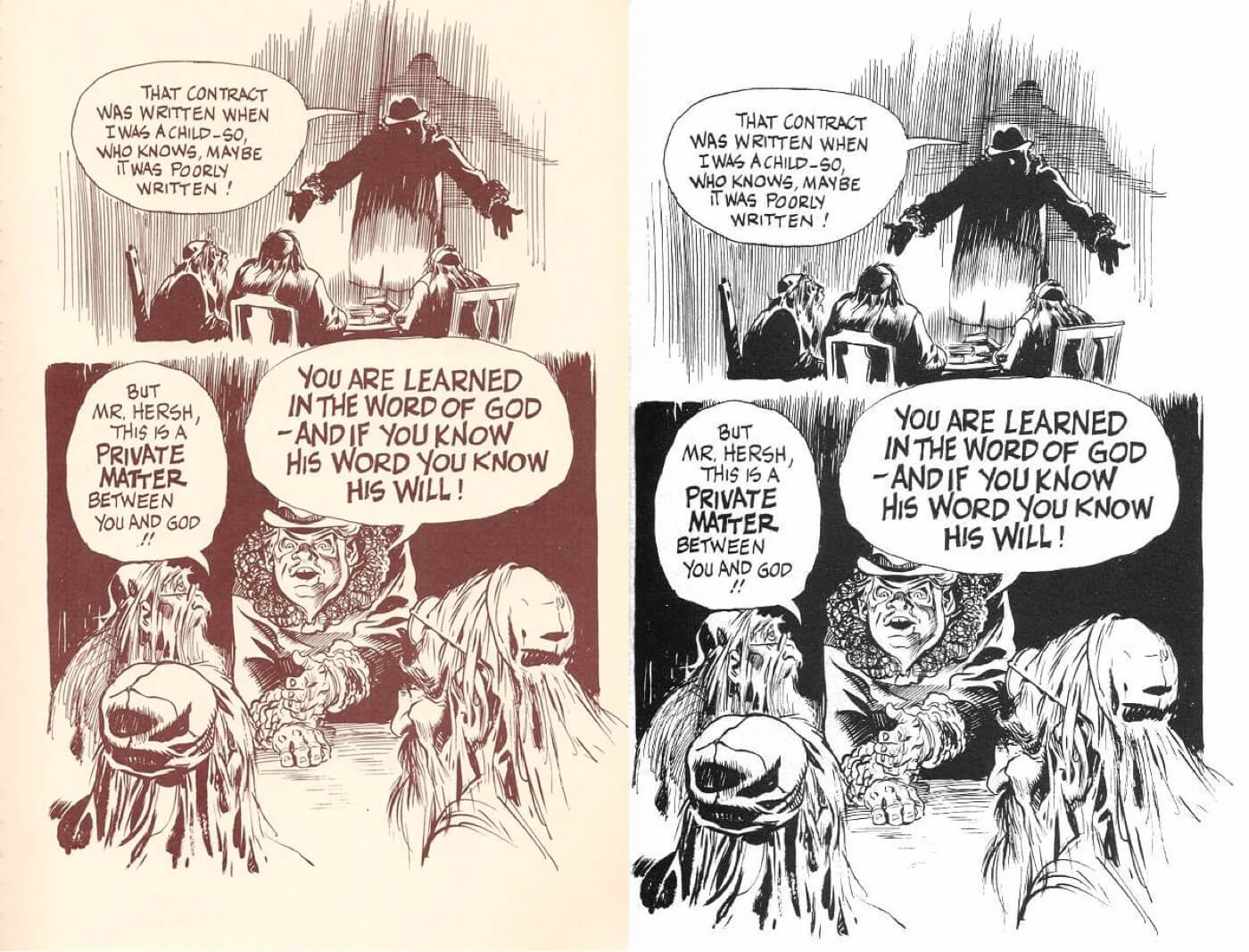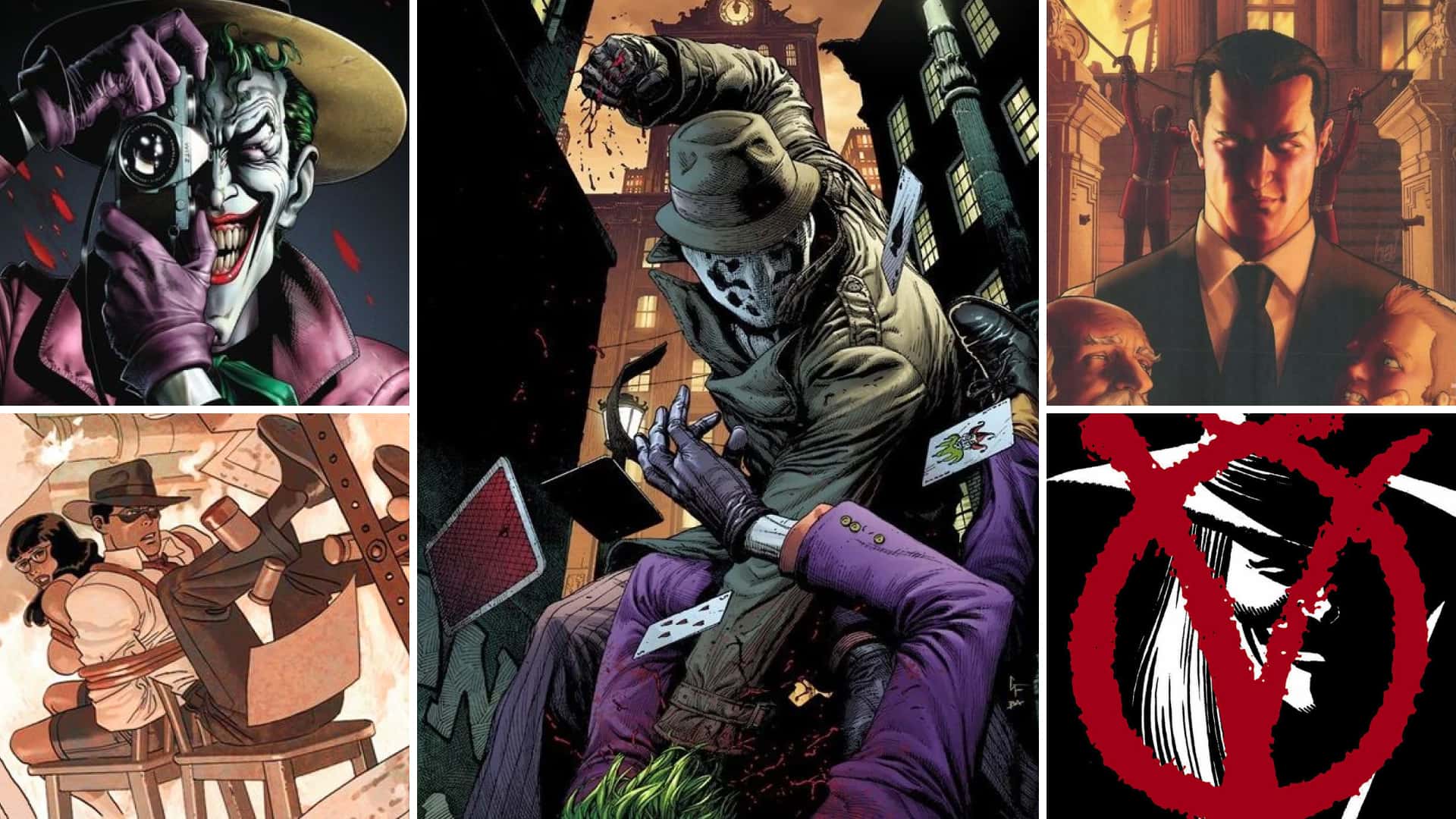Graphic novels have been steadily gaining recognition as a legitimate form of literature, moving from the fringes to the mainstream. They offer a unique blend of art and narrative that captivates audiences of all ages. But what is a graphic novel exactly and how does it differ from traditional novels or comic books? This article aims to answer these questions, delving into the history, structure, impact, and future of graphic novels.
What is a Graphic Novel in Literature?
First, let’s define graphic novel
A graphic novel is often confused with the likes of other literary mediums such as the comic book. To better understand the differences between the two, let’s first look at the graphic novel defintion.
GRAPHIC NOVEL DEFINITION
What is a graphic novel?
A graphic novel is a format, not a genre. It refers to a long-form work of sequential art, often with complex narratives and developed characters. The term "graphic novel" is used to describe any book in a comic format that resembles a novel in length and narrative development. This can include fiction, non-fiction, history, fantasy, or anything in-between.
Unlike comic books, which are usually part of serialized narratives, graphic novels contain complete narratives, whether or not they are part of a larger series. Graphic novels use both text and illustrations to tell the story, making them similar to comic books but generally more detailed and substantial.
Characteristics of Graphic Novels:
- Uses both illustrations and written language
- Contains standalone stories or complete arcs
- Covers any genre
- Typically longer than comic books with complex plots
History of Graphic Novels
The birth of graphic novels
In some ways, the history of graphic novels can be traced back to ancient civilizations that used pictorial forms to tell stories. But their modern iteration didn't emerge until the mid-20th century.
The term "graphic novel" was popularized in the late 1970s when writer and artist Will Eisner used it on the cover of his book A Contract with God, and Other Tenement Stories. This groundbreaking work, composed of four interconnected short stories set in a Bronx tenement in the 1930s, is often hailed as the first true graphic novel.

A Contract with God, and Other Tenement Stories by Will Eisner • Graphic novel examples
The success of Eisner's work paved the way for other artists and writers to explore this medium. In the 1980s and 1990s, graphic novels such as Alan Moore's Watchmen and Art Spiegelman's Maus achieved critical acclaim, pushing the boundaries of what could be achieved in this format and solidifying its place in the literary world.
Today, graphic novels encompass a wide array of genres and styles, reflecting the diverse interests and experiences of both creators and readers.
Characteristics of Graphic Novels
Graphic novels vs comics
The graphic novel format uses both text and illustrations to tell a story, similar to a comic book. However, while comic books typically serialize stories, graphic novels differ in a few different ways.
Length and Completeness
Comic books are shorter, often part of serialized narratives that unfold over multiple issues. Each issue may not provide a complete story arc, instead contributing to an ongoing plot.
In contrast, graphic novels are typically longer and contain a complete narrative within a single volume, like a traditional novel. While a graphic novel can be part of a series, each volume usually presents a self-contained story.
For example, Comic books, like Batman are shorter and often serialized, with stories unfolding over multiple issues. Graphic novels, such as Persepolis, are longer, typically presenting a self-contained story in each volume.

Persepolis by Marjane Satrapi • Graphic novel examples
Binding and Presentation
Comic books have a magazine-like format with stapled binding and lower-quality paper. In contrast, graphic novels are book-bound and printed on higher-quality paper, reflecting their status as durable literature.
Content and Complexity
Comic books often focus on superhero narratives, while graphic novels, due to their length, can delve into more complex themes and genres, from memoirs to historical fiction.
For example, the comic book series The Amazing Spider-Man primarily focuses on the adventures of the superhero Spider-Man and his battles against various villains. The narrative is serialized, unfolding across multiple issues with each issue often ending on a cliffhanger.
On the other hand, Art Spiegelman's graphic novel Maus delves into the complex themes of Holocaust survival and intergenerational trauma. It's a memoir that uses anthropomorphic characters to depict the experiences of Spiegelman's father during World War II.
This graphic novel provides a complete narrative within its pages, using the extended format to explore its themes in depth.

Maus by Art Spiegelman • Graphic novel exampels
Perception and Reception
Historically, comic books were often seen as lowbrow entertainment primarily for children, while graphic novels have generally been taken more seriously as a form of literature. However, this perception has been changing over time, with many recognizing the artistic and literary value in both formats.
Having explored the differences between the graphic novel vs comic it's clear that the former has carved out a unique space in the literary world. Now, let's delve into the significant influence and impact of graphic novels on literature and society as a whole.
Related Posts
The Legacy of Graphic Novels
The impact of graphic novels
Graphic novels have significantly influenced literature and storytelling. They make complex narratives more accessible and engage readers who might find traditional novels intimidating.
Alan Moore's Watchmen is one such graphic novel that has garnered critical acclaim. It deconstructs the superhero genre, presenting morally ambiguous characters and exploring political and social issues.

Alan Moore’s Watchmen • Graphic novel examples
Moreover, the graphic novel format has found its place in education. Teachers use books like Gene Luen Yang's American Born Chinese to discuss topics like identity and cultural assimilation.

American Born Chinese by Gene Luen Yang • Graphic novel examples
The combination of visuals and text in graphic novels aids comprehension and engages students in a way that traditional texts often can't.
What is a Graphic Novel Evolving Into?
The future of graphic novels
Graphic novels continue to evolve, with creators pushing boundaries in both art and narrative. Digital platforms are opening new possibilities for interactivity, like the webcomic-turned-graphic novel Homestuck, which incorporates animations and games.
Additionally, diversity and representation are gaining focus. More graphic novels now feature characters of different races, genders, and sexual orientations. Marjorie Liu's Monstress is a notable example, featuring a diverse cast and tackling themes of racism and war.

Monstress by Marjorie Liu
Graphic novels are a dynamic and powerful form of literature, offering a unique blend of visual art and narrative. They challenge us, delight us, and remind us of the power of storytelling.
Whether you're a seasoned reader or new to the world of literature, there's a graphic novel out there for you—be it a fantastical saga like Saga by Brian K. Vaughan and Fiona Staples, or a heartfelt coming-of-age story like Blankets by Craig Thompson. So, why not explore this exciting medium? You might be pleasantly surprised by what you discover.
Related Posts
Up Next
What is Anime?
Now that we have a solid understanding of the depth and breadth of graphic novels, let's transition from this form of illustrated storytelling to another popular medium originating from Japan. In the next article, we will explore the vibrant and diverse world of anime.
